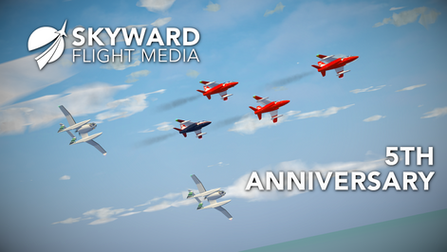Remembering and wishing for a retro 21-year-old VR headset for PS2!

This past month may have been one of the most financially hard hitting times for me in a while... and it was all flight related! Anyone deep in this can surely understand. My plan to wait for newer VR headsets was foiled by the sudden death of my stalwart Oculus Rift. I was forced to purchase a Meta Quest 2 as it was easily accessible, is better than my Rift anyway, and I have multiple virtual reality events happening this month. Searching through my bookmarks, I was reminded of an obscure piece of equipment that I'll probably never own.
Collecting obscure computers and game consoles from the past is a hobby of mine. Like any collector, there are always a few "unicorn" or "hen's teeth" items you wish you had but never expect to own. Maybe never even see in person. For me, one of them is the Sony PUD-J5A, released on September 25th, 2002.
21 years before the release of the PlayStation VR2, Sony had released their first game console virtual reality headset for the ever revered PlayStation 2. It was announced on September 11th, 2002 with little advertisement. The PUD-J5A was released in Japan only with the unusual caveat that it was only for sale through the official Sony Japan website. The cost at the time was 59800 JPY - it was rather costly. It was not something that was mass-produced and widely sold in toy stores, game stores or the like.
Though Sony had released the Visortron (1993) and Glasstron (1996) family of personal LCD screens years before with limited success, releasing the PUD-J5A with a sudden announcement, no extensive advertisement campaign and this unusual single-sales point, makes it seem like even Sony thought it was not going to do well. But that is an assumption.
Considering the year the PUD-J5A came out, it had decent specs and better performance than most would expect. 827x228 per-eye resolution, 25° horizontal field of view and non-positional tracking 3 degrees of freedom. A handheld control unit attached to the headset recieves power from a power pack, audio video cables from the game console to the headset, volume controls and built-in menu selection controls. The Digital Game Museum has scans of its box and manual available for viewing.

This VR headset could be used as a standard pair of "video glasses" to privately play PlayStation 2 games, but its real power was displayed in a very limited library of games. Four of them were flight games: Air Force Delta: Blue Wing Knights, Energy Airforce, Energy Airforce: Airstrike! and Sidewinder V. With a mini-USB to USB cable connected to the front of the PlayStation 2, these games would automatically interface with the headset.
As much as I wish I could tell you of my first-hand experience with this, I cannot. However, there are a few game collecting YouTubers that have put up videos about their interactions with it. NiponWare provided an unboxing video, while PlayMania provided the best view of what this VR headset could do for flight simulation with a brief but telling video clip from 7:26 to 9:30 in the video below:
There is very little video of this VR headset being used during gameplay. What can be seen from a few YouTube videos shows a basic but functional experience. While each of the flight focused games do support the PUD-J5A, they are not designed with this functionality being a major factor in their gameplay. They are not virtual reality games built from the ground up for that experience. Rather, they are flat screen games that allow this VR headset to take over camera control axes.
By today's standards, the PUD-J5A offers a useful but limited cockpit point of view that is comparable to the type of tracking you would expect from head trackers like OpenTrack or TrackIR. Back in 2002, this would have been a premium piece of hardware for only the most highly dedicated flight game enthusiasts.
On the off chance I actually acquire one sometime in the future, I will be sure to thoroughly document it and record all the video I can.
About the Writer
Aaron "Ribbon-Blue" Mendoza

Co-founder of Skyward Flight Media. After founding Electrosphere.info, the first English Ace Combat database, he has been involved in creating flight game-related websites, communities, and events since 2005. He explores past and present flight games and simulators with his extensive collection of game consoles and computers. Read Staff Profile.


















.png)